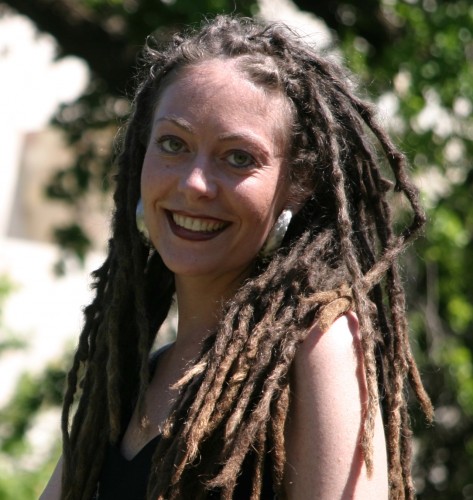Successful Teachers of At-Risk Youth Emphasize Caring as Much as Curriculum
2010 AERA Presentation
Educators who successfully reach at-risk youth often use different methods, but there are lessons to be learned from similarities in their approaches, a University of California, Davis, researcher will report Monday, May 3, at the 91st annual meeting of the American Educational Research Association in Denver.
A three-year study of four community-based educators found that all emphasized “connection before content” and demonstrated that “caring is as important as curriculum,” Vajra Watson, a research analyst in the UC Davis School of Education, will report.
Watson will deliver her presentation, “Risking Change: Portraits of Four Community-Based Educators Successfully Reaching and Teaching ‘High-Risk’ Youth,” at 2:15 p.m. in Korbel Ballroom 2 at the Colorado Convention Center.
Watson, who conducted the study, identified qualities that fostered success for each of the four educators and explored to what extent these qualities could be employed by other teachers.
Among effective qualities the four shared, Watson cited a sense that they are “called” to work with high-risk youth, the creation of “genuine relationships” with students in a family-like atmosphere and an emphasis on the importance of listening non-judgmentally to youth.
“The key to all of the work is that adults must change the way we interact with young people,” Watson said. “Young people in the toughest neighborhoods are sometimes living amidst gunshots and, while school is hopefully a safe haven, teachers are often ill-equipped to act as a bridge between the streets and school.”
All four educators also focused on reciprocal and peer-to-peer teaching that allowed students to participate in and influence daily lessons. By allowing students to lead conversations and be as much a teacher as a student, the educators helped the students define positive, concrete goals, Watson said.
“One of the most important qualities was to ‘be real,’” she said. “Teachers must dare to be vulnerable and to accept the possibility of mutual learning.”
Finally, all of the educators maintained high expectations for their students and taught them to break down, analyze and understand those things in their lives that keep them from succeeding.
“A young person who has witnessed violence and oppression might be a rebel,” Watson said. “Teaching for social justice can help the rebel without a cause to become a rebel with a cause. We just have to find a way to help students recognize their own ability to effect change.”









